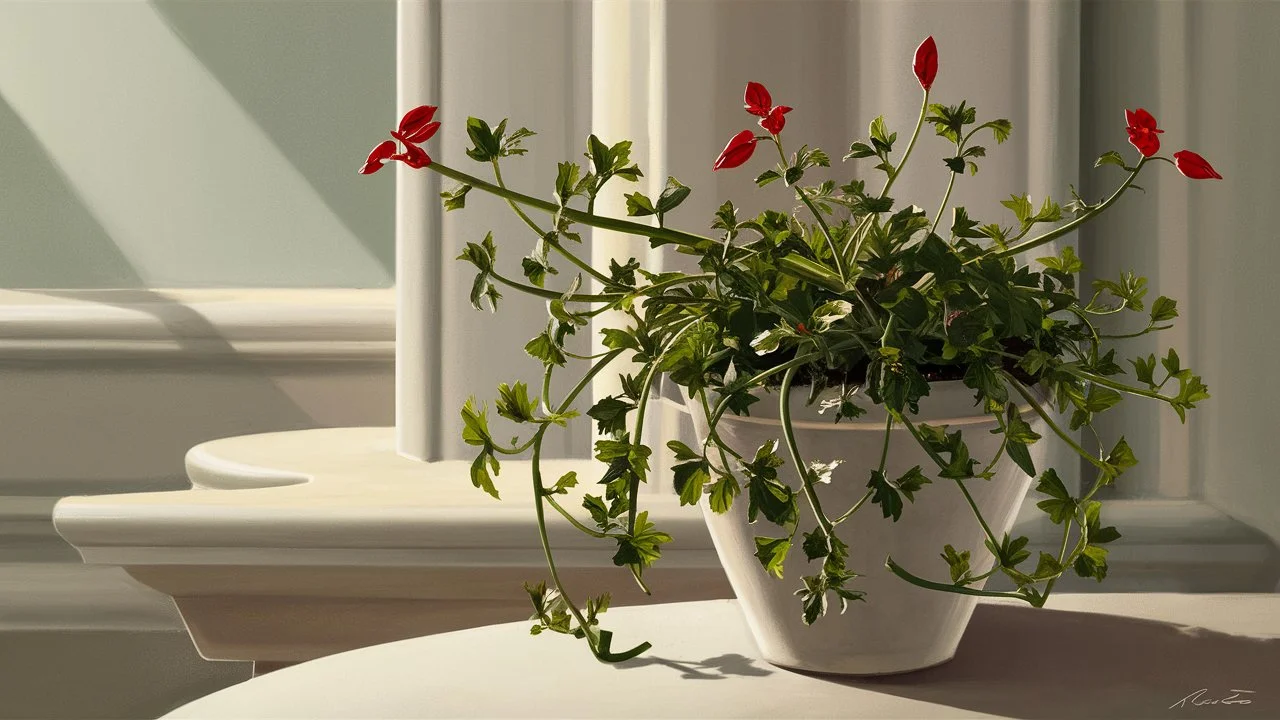
How to Grow & Care Lipstick Plants: Information Guide
- Mitford Rakib
- April 24, 2024
- Indoor plants, Plants, propagation method
- 1 Comment
The Whole Secret to Growing Lipstick Plants Inside: a Guide that Will Help to Achieve Vibrant Leaves Indoors
How about we immerse our senses in the beautiful indoor gardening landscape, where lush greens flourish and bring life to the confines of our homes! If the enchanting magnificence of Lipstick plant indoor (Aeschynanthus Radicans) is something that tickles your fancy, then better strap on for a wild ride. This hot house plant widely known for its splendid flowers ranging from red to tube shape and glossy leaves is one of the most attractive indoor plants to have.
Through this extensive manual, we shall be covering all the information required to absolutely succeed in growing and maintaining Lipstick Plants in your home, from general soil preparation to insect infestations and rest.
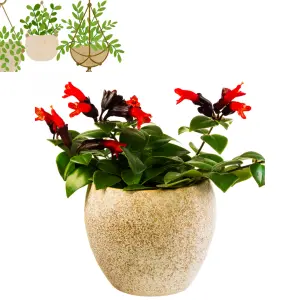
Read More…
Soil Preparation:
The base of getting healthy plant tops starts with the soil that is ideal for the plants. Lipstick Plants grow very well under conditions of well-drained, a bit acidic soils, rich with organic matter, where they prefer hot temperatures and humidity. To provide the ideal planting medium for your Lipstick Plant, blend peat moss with perlite and potting soil in the ratio of one to one to one. This blend ensures the adequate supply of these elements to the roots, thereby keeping the roots aerated, supplied with enough moisture as well as essential nutrients.
Pot Size and Area:
While choosing what kind of pot will give the best conditions for your Lipstick plant indoor, go for the one that will give the roots room for thriving. A 6 to 8 inch diameter pot of container with drainage holes at the bottom can be applied to an immature plant, while bigger containers are necessary for older ones. Ensure there is enough space for the plant’s root in the pot and to give the roots space to stretch without crowding the plant.
How to Care for Lipstick Plants:
Lipstick Plants are relatively low-maintenance, but they do require some care to thrive indoors:
Watering: Soil-to-water ratio should be kept even during the growing season (spring and summer), which means the top one inch of soil will dry as watering intervals increase. Limit watering to every two weeks or so during those months and don’t water the flower beds when they hibernate which will keep the soil from becoming waterlogged and causing root rot.
Sunlight: Supply the Lipstick plant indoor with well-lit indirect sunlight and it will grow perfectly. Be careful of directing sunlight at it because this is harmful for the leaves. By setting the plant in the north or east window where the plant will receive morning or afternoon gentle sun rays, it is optimum.
<b>Temperature and Humidity: Lipstick plant indoor are more enthusiastic in warm and humidity environments that are similar to the plant’s natural habitat. Keep the room temperature between 65-75℉ (18-24℃) and try to raise the humidity levels through misting the leaves or placing a humidifier nearby. This should be done particularly in winter when the air becomes dry.
Fertilization: To keep your Lipstick Plant healthy, fertilize it with a balanced liquid formula diluted half as often as the packing instructions indicate during the growing season; this will help good growth and a huge crop of flowers. Avoid adding fertilizer during the dormancy time.
Pest Management:
Even though the Lipstick Plants will in most cases be invariant to pests, they could in rare circumstances be affected by some insect infestations. Aphids, mealybugs, as well as spider mites are small invaders which may damage Lipstick Plants. To prevent and control pest problems:
*Every week, check your plant for pest signs like yellow leaves, sticky substances or webs.
*Then you will have to gently wash the plant leaves with a soft solution or neem oil to get rid of any pests which are possible.
*In an extreme case, spray the chemical soap or horticultural oil indicated on the package. Take caution when spraying directly onto the plant, as it may be adversely affected if sprayed when the sun is up.
Pets and Lipstick Plants:
Lipstick Plants are not harmful to feline and canine animals therefore, home gardeners have no worries in growing those types of plants in a furry pet home. Nevertheless, the monitoring of the interactions between the plant and pets is crucial, though it is solely important to make sure that they are never directly fed with the plant since even a few consumptions may cause a mild case of gastrointestinal upset in them.
Learn More
Wiki About This
Ending Note:
A summary is lastly given that producing or having these indoor plants will never leave you dull as you will bring a feel of tropical elegance into your home. These tips about soil preparation, pots, watering, sunlight, pest management and pets safety, in conjunction, will make your lipstick plant the miracle of your home decorating for such a long period of time to come.
Thus, enjoy your Lipstick Plant escapade, but carry on by expressing all the green inside you.Happy gardening!🌿🌺
Frequently Asked Questions (FAQ):
Q: What makes Lipstick Plants unique compared to other indoor plants?
A: Lipstick Plants are cherished for their striking red tubular flowers and glossy green foliage, adding a touch of tropical allure to indoor spaces. Their compact growth habit and relatively low-maintenance requirements make them popular choices for both novice and experienced gardeners alike.
Q: Can Lipstick Plants tolerate low light conditions?
A: While Lipstick Plants prefer bright, indirect sunlight, they can tolerate lower light conditions. However, prolonged exposure to low light may result in reduced flowering and slower growth. Placing them near a north or east-facing window where they can receive gentle morning or afternoon sunlight is ideal.
Q: How often should I fertilize my Lipstick Plant?
A: During the growing season (spring and summer), fertilize your Lipstick Plant every 2-4 weeks with a balanced liquid fertilizer diluted to half-strength. Refrain from fertilizing during the dormant period (fall and winter) to allow the plant to rest.
Q: Are Lipstick Plants prone to any specific pests?
A: While Lipstick Plants are generally resistant to pests, common pests that may affect them include aphids, mealybugs, and spider mites. Regularly inspecting your plant for signs of infestation and promptly addressing any pest issues can help keep your Lipstick Plant healthy and pest-free.

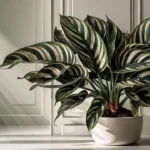
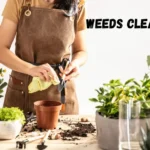
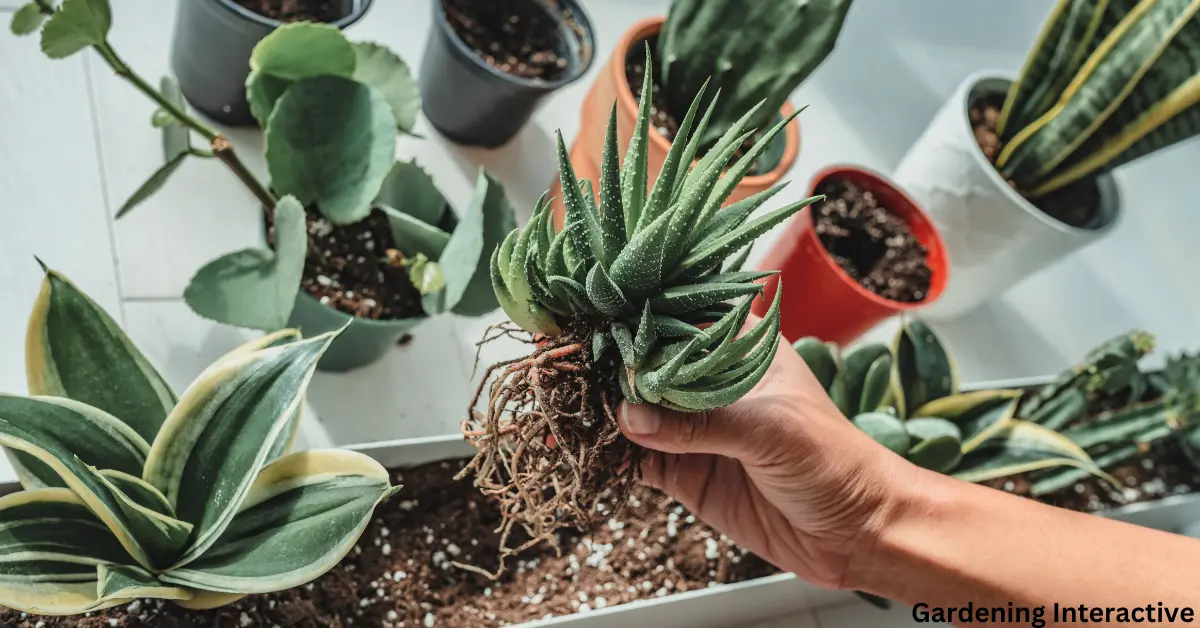
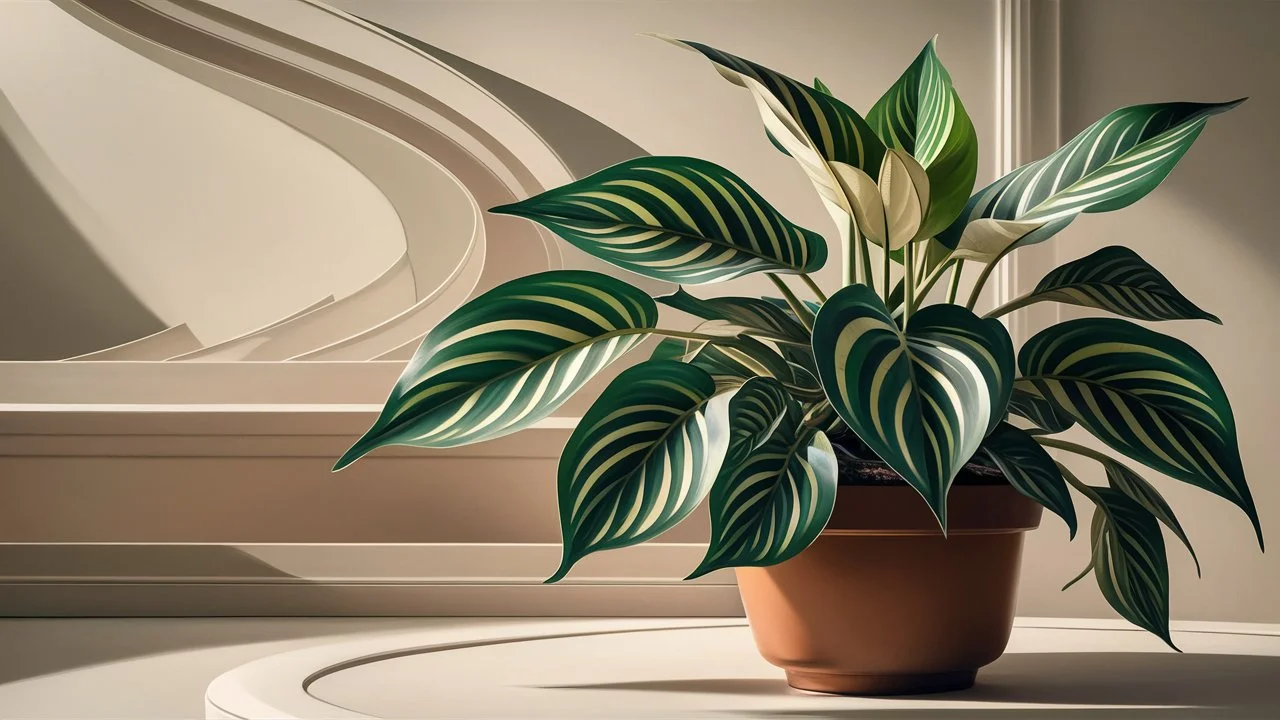
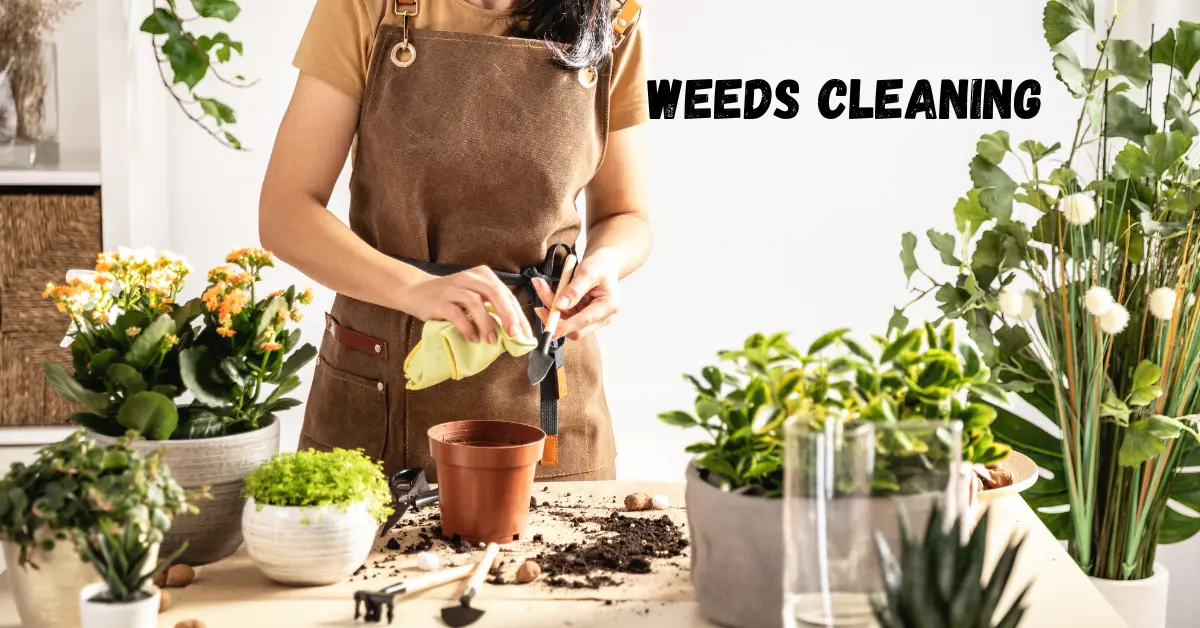

Gardening Interactive 10 Different Types of Indoor Ivy Plants to Grow
[…] How to Grow & Care Lipstick Plants: Information Guide […]